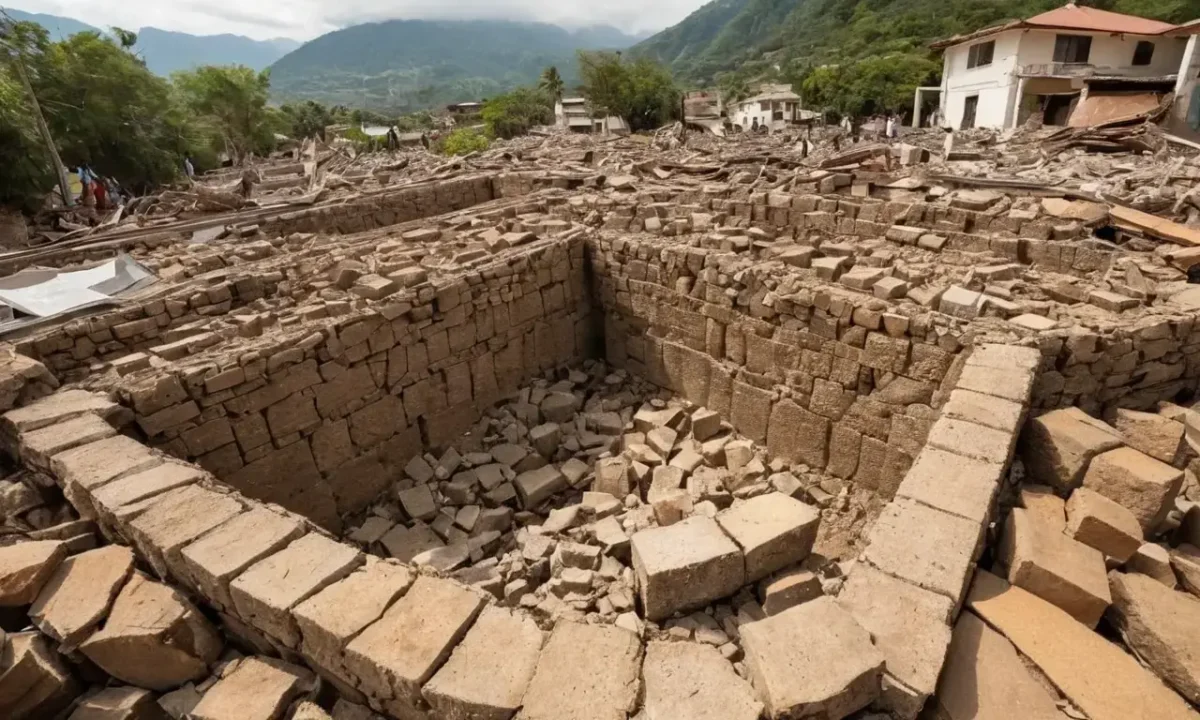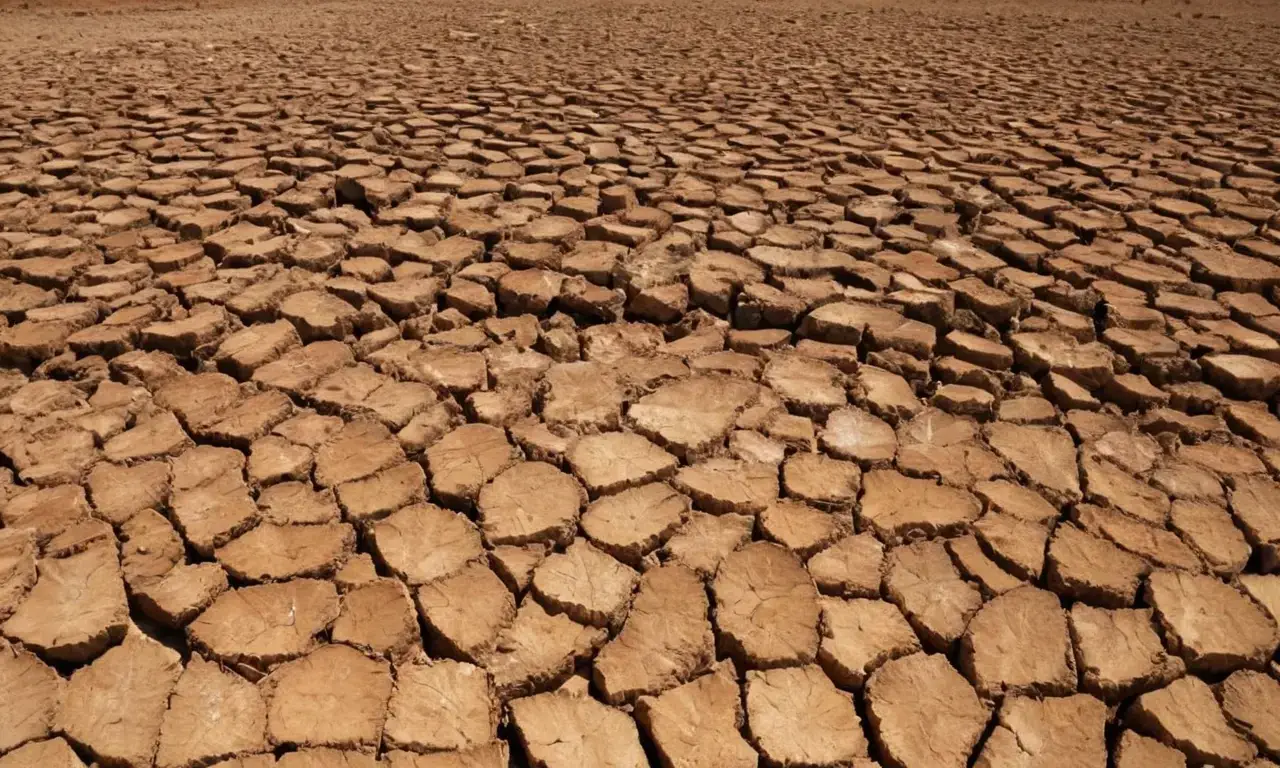
Earthquakes: Causes, Impact and Magnitude

Earthquakes are a natural phenomenon that has shaped our planet for millennia. These sudden releases of energy in the Earth's crust cause seismic waves that can trigger widespread destruction and loss of life. Understanding the causes, impact, and magnitude of earthquakes is crucial for mitigating their devastating effects on society. This article delves into the intricate workings of these geological events, exploring factors like tectonic plate movement, the Richter scale used to measure earthquake intensity, and notable historical examples. By examining past disasters and implementing appropriate mitigation strategies, we can strive to minimize the impact of future seismic events.
The objective of this article is to provide a comprehensive overview of earthquakes, covering their fundamental causes, the role of tectonic plates in triggering them, the devastating consequences they unleash, and the ongoing efforts to understand and manage these natural hazards. We will also discuss historical examples of particularly destructive earthquakes, highlighting how scientific advancements have helped us better comprehend and prepare for such events. By exploring these aspects, we aim to equip readers with a deeper understanding of this vital geological phenomenon.
Causes of Earthquakes
Earthquakes are primarily caused by the movement of tectonic plates, massive slabs of rock that make up the Earth's outer layer. These plates interact in various ways, including colliding, separating, or sliding past each other. This constant interaction generates stress and strain within the Earth's crust, eventually leading to a sudden release of energy in the form of seismic waves.
The most common type of earthquake is associated with subduction zones, where one tectonic plate slides beneath another. As these plates converge, friction builds up until it exceeds the rock's strength. This causes the denser plate to sink into the mantle, releasing immense pressure and triggering an earthquake. The 2011 Tōhoku earthquake in Japan, which caused a massive tsunami, is a prime example of this phenomenon.
Another type of earthquake occurs at transform boundaries, where two plates slide horizontally past each other. This movement creates friction that eventually releases energy as seismic waves, resulting in earthquakes like the San Andreas Fault system in California. Understanding these tectonic interactions is crucial for predicting and mitigating the risks associated with earthquakes.
Tectonic Plate Movement
Tectonic plates are not static; they constantly move and interact with each other, driven by the heat emanating from Earth's core. This movement occurs due to convection currents within the mantle, a layer of hot rock beneath the crust. As this molten material rises, it cools and sinks, creating a continuous cycle that drives plate motion.
The theory of plate tectonics explains how these plates interact in various ways:
- Convergent boundaries: Plates collide, leading to mountain formation or subduction (one plate sinking under another).
- Divergent boundaries: Plates move apart, allowing magma to rise and form new crustal material.
- Transform boundaries: Plates slide past each other horizontally, generating friction that releases energy as earthquakes.
The interaction of these plates creates a dynamic geological environment where earthquakes are a recurring phenomenon. Studying plate movement helps scientists predict areas prone to seismic activity and develop strategies for earthquake preparedness.
Seismic Waves and Energy Release
When an earthquake occurs, the sudden release of energy causes the ground to shake violently. This shaking is caused by seismic waves, which travel outward from the epicenter (the point on Earth's surface directly above the focus of the earthquake). These waves are classified into two main categories:
- P-waves: Also known as primary waves, these compressional waves travel fastest through solids and can pass through liquids. They cause the ground to "push" forward and backward, leading to a rapid shaking effect.
- S-waves: Also called secondary waves, these transverse waves cannot travel through liquids. They cause the ground to move up and down, resulting in a slower but more noticeable shaking pattern.
The speed at which seismic waves propagate is crucial for understanding earthquake intensity. The Richter scale, developed by Charles F. Richter and Beno Gutenberg, measures the energy released during an earthquake based on the amplitude of these waves recorded by seismographs. Higher numbers on the Richter scale indicate greater energy release and potential for widespread damage.
Impact of Earthquakes on Society

Earthquakes have a profound impact on society, causing not only physical destruction but also significant economic losses and social disruption. The 2004 Indian Ocean tsunami, which triggered massive tsunamis across multiple countries, is one of the deadliest natural disasters in recorded history. This event resulted in an estimated 290,000 fatalities and caused billions of dollars in damage to coastal communities worldwide.
Beyond direct casualties, earthquakes can trigger landslides, flooding, and infrastructure damage. The 1995 Kobe earthquake in Japan, for example, devastated the city's infrastructure and left thousands homeless. This event highlighted the importance of building codes and disaster preparedness strategies to mitigate the impact of future seismic events.
Magnitude Scale and Measuring Earthquakes
The Richter scale is a logarithmic scale used to measure the magnitude of earthquakes. Each whole number increase on the scale represents a tenfold increase in amplitude, meaning that an earthquake with a magnitude of 6 is ten times stronger than an earthquake with a magnitude of 5. This logarithmic relationship makes it possible to compare earthquakes of different magnitudes and understand their relative energy release.
The Richter scale was developed by Charles F. Richter and Beno Gutenberg in the mid-20th century, based on their observations of seismic waves recorded during various earthquakes. While the Richter scale remains a widely used tool for measuring earthquake magnitude, modern seismology has led to the development of alternative scales like the Moment Magnitude Scale (Mw), which provides a more accurate representation of the energy released by an earthquake.
The Moment Magnitude Scale is based on the amount of seismic energy released during an event and considers factors such as fault rupture length and area affected. This scale offers a more comprehensive understanding of earthquake intensity compared to the Richter scale, particularly for large earthquakes.
Notable Historical Earthquakes
Throughout history, numerous devastating earthquakes have shaken the world, leaving lasting impacts on communities and societies. Some notable examples include:
- 1906 San Francisco Earthquake: This catastrophic event caused widespread damage in San Francisco, California, leading to a major rebuilding effort and highlighting the importance of earthquake preparedness. Fires ignited by the quake further exacerbated the devastation, making it one of the deadliest natural disasters in American history.
- 1995 Kobe Earthquake: This devastating earthquake struck Japan's Kobe city, causing significant damage to infrastructure and leaving thousands homeless. The event highlighted the need for robust building codes and disaster preparedness measures to mitigate the impact of future seismic events.
- 2004 Indian Ocean Tsunami: Triggered by a massive undersea earthquake off the coast of Indonesia, this tsunami caused widespread devastation across multiple countries in Southeast Asia, resulting in an estimated 290,000 fatalities. The event served as a stark reminder of the immense power of nature and the importance of preparedness measures to minimize loss of life.
- 1811 Missouri Earthquake: This earthquake, felt over 1,500 miles away, caused widespread damage across the United States. Its impact highlights the global reach of seismic events and the need for comprehensive disaster preparedness strategies worldwide.
These historical examples demonstrate the devastating potential of earthquakes and the importance of ongoing research to understand these geological phenomena better.
Prevention and Mitigation Strategies
While we cannot completely prevent earthquakes, there are various mitigation strategies that can help minimize their impact on society. These include:
- Building codes: Implementing stricter building codes that incorporate earthquake-resistant design principles can significantly reduce damage caused by seismic events. This includes using reinforced concrete structures, designing basements to withstand shaking, and incorporating flexible connections between building components.
- Early warning systems: Developing early warning systems that provide timely alerts before an earthquake strikes can allow individuals to take protective measures, such as seeking shelter or securing valuable belongings. These systems rely on sophisticated seismic monitoring networks and algorithms to detect ground motion and trigger warnings.
- Disaster preparedness: Educating communities about earthquake risks and preparing for potential hazards is crucial for minimizing damage and loss of life. This includes having emergency kits readily available, practicing evacuation drills, and knowing how to respond during an earthquake event.
By implementing these strategies, we can work towards reducing the impact of earthquakes on society and safeguarding lives and property in the face of these natural disasters.
In conclusion, understanding the science behind earthquakes is crucial for mitigating their potential impact on society. By studying seismic waves, developing advanced monitoring systems, and implementing effective mitigation strategies, we can better prepare ourselves for future events and minimize the devastating consequences of these powerful geological phenomena.
Leave a Reply





Related Links